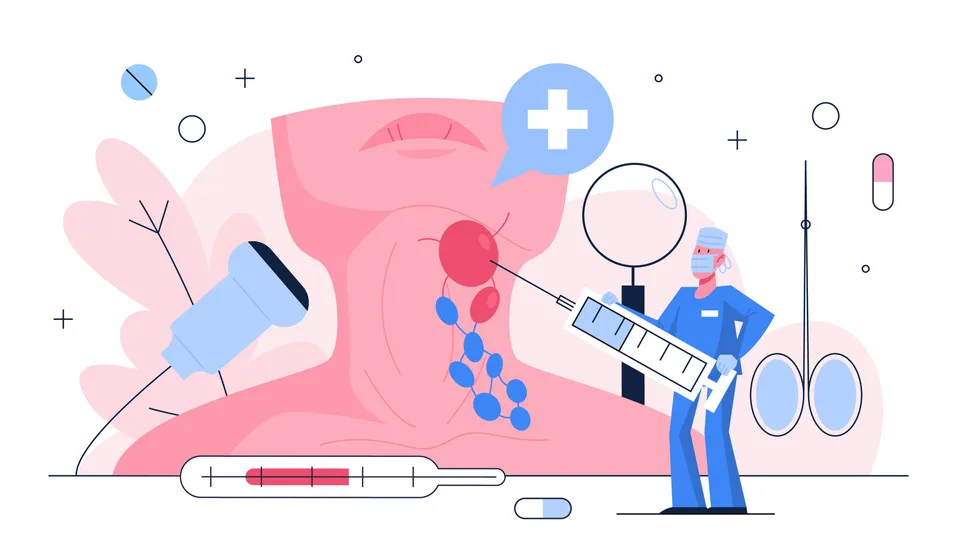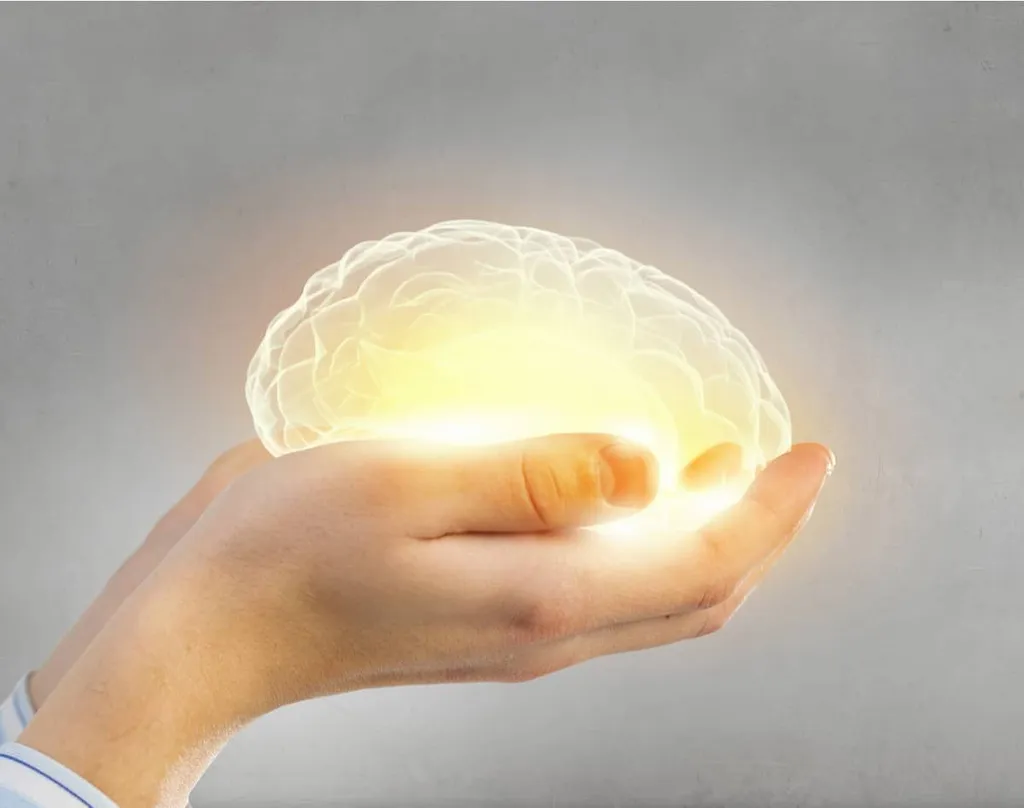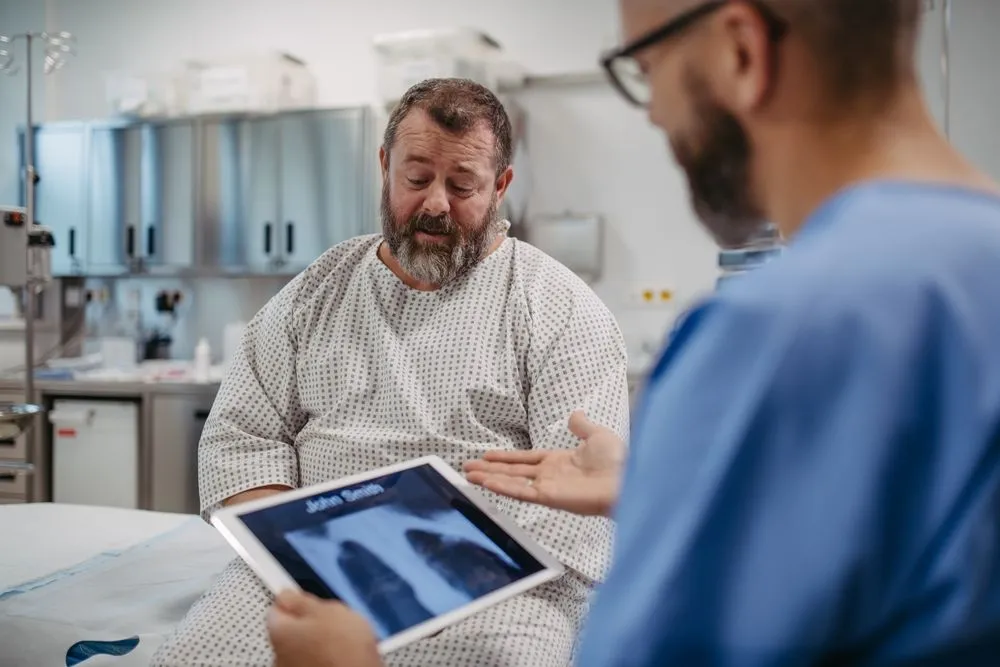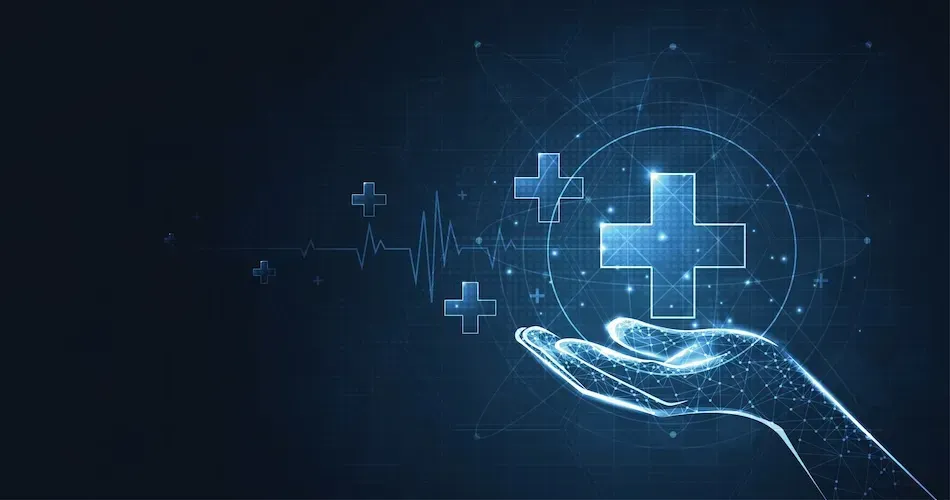Is There A Cure For DLBCL?

Diffuse large B cell lymphoma (DLBCL) is the most common form of non-Hodgkin lymphoma. It is defined by quickly growing tumors in the lymph nodes, spleen, bone marrow, liver, and other tissues and organs. It can occur at any age but is most common in older adults. Symptoms usually include swollen lymph nodes, fever, night sweats, fatigue, and weight loss.
Is There A Cure For DLBCL?
Dr. Elif Yilmaz from the Harold C. Simmons Cancer Center offers a positive view of this disease.
“DLBCL is, in fact, one of the most curable malignancies. About 60-70% of patients (in all stages) can be cured from DLBCL.”
Even though this disease is aggressive and spreads quickly, this form of cancer can often go into complete remission and also be cured. Dr. Praveen Ramakrishnan from UT Southwestern Medical Center teaches us that two-thirds of patients can be cured with upfront treatment. For those patients who are refractory or relapsed, there are three types of second-line therapies available:
- CAR-T cell therapy: this immunotherapy takes a patient’s T cells and engineers them to fight the lymphoma cancer cells.
- Bispecific antibodies: they target two types of antigens (markers that tell your body something is foreign and should be eliminated).
- Pola-R-CHP: a combination chemotherapy that is more effective than the traditional R-CHOP regimen.
What is R-CHOP?
Dr. Leandro Cerchietti from Weill Cornell Medical Center describes the most common form of treatment for DLBCL: the R-CHOP regimen. This is a combination of immunotherapy and chemotherapy, and response rates are very high. Approximately 30% of patients will not be cured by this combination therapy and will require additional treatment.
R-CHOP is a combination known as chemoimmunotherapy. It is made up of the following medications:
- Rituximab: a targeted therapy called a monoclonal antibody that targets a specific protein (CD20) found on the surface of many B-lymphocytes (a type of white blood cell involved in lymphoma). Rituximab helps the immune system recognize and destroy these cancerous cells.
- Cyclophosphamide: a traditional chemotherapy drug that works by damaging the DNA of rapidly dividing cells, including cancer cells.
- Doxorubicin: also known as Adriamycin, another potent chemotherapy drug that disrupts DNA function in cancer cells.
- Vincristine: a chemotherapy drug that interferes with cell division by stopping cancer cells from entering mitosis (the stage where cells duplicate their chromosomes).
- Prednisolone: a corticosteroid medication. Prednisone works by suppressing the immune system, reducing inflammation, and can also make other chemotherapy drugs more effective.
R-CHOP is typically administered intravenously (through a vein) in cycles, with each cycle lasting several weeks. The exact length and number of cycles depend on the specific patient and their lymphoma characteristics.
R-CHOP can cause various side effects, including fatigue, nausea, vomiting, hair loss, mouth sores, and an increased risk of infection. These side effects can vary depending on the individual and the dosage received.
How Long Will Remission Last?
It is difficult for doctors to determine the length of time for durable remission or cure. It can depend on many factors:
- Your age.
- Any other health problems.
- If you have a DLBCL subtype.
- How aggressive your lymphoma is.
- Which treatments you have received, and if you can tolerate the side effects
The longer your remission lasts, the lower your chances of relapse. A relapse is most likely to occur within two years after treatment.
Additional Resources
Continue learning about DLBCL with HealthTree. See below some of the most popular resources:
- Lifetime support and education begins HERE.
- Learn the basics with 101 pages.
- Subscribe to the DLBCL Newsletter and join our next webinar.
Diffuse large B cell lymphoma (DLBCL) is the most common form of non-Hodgkin lymphoma. It is defined by quickly growing tumors in the lymph nodes, spleen, bone marrow, liver, and other tissues and organs. It can occur at any age but is most common in older adults. Symptoms usually include swollen lymph nodes, fever, night sweats, fatigue, and weight loss.
Is There A Cure For DLBCL?
Dr. Elif Yilmaz from the Harold C. Simmons Cancer Center offers a positive view of this disease.
“DLBCL is, in fact, one of the most curable malignancies. About 60-70% of patients (in all stages) can be cured from DLBCL.”
Even though this disease is aggressive and spreads quickly, this form of cancer can often go into complete remission and also be cured. Dr. Praveen Ramakrishnan from UT Southwestern Medical Center teaches us that two-thirds of patients can be cured with upfront treatment. For those patients who are refractory or relapsed, there are three types of second-line therapies available:
- CAR-T cell therapy: this immunotherapy takes a patient’s T cells and engineers them to fight the lymphoma cancer cells.
- Bispecific antibodies: they target two types of antigens (markers that tell your body something is foreign and should be eliminated).
- Pola-R-CHP: a combination chemotherapy that is more effective than the traditional R-CHOP regimen.
What is R-CHOP?
Dr. Leandro Cerchietti from Weill Cornell Medical Center describes the most common form of treatment for DLBCL: the R-CHOP regimen. This is a combination of immunotherapy and chemotherapy, and response rates are very high. Approximately 30% of patients will not be cured by this combination therapy and will require additional treatment.
R-CHOP is a combination known as chemoimmunotherapy. It is made up of the following medications:
- Rituximab: a targeted therapy called a monoclonal antibody that targets a specific protein (CD20) found on the surface of many B-lymphocytes (a type of white blood cell involved in lymphoma). Rituximab helps the immune system recognize and destroy these cancerous cells.
- Cyclophosphamide: a traditional chemotherapy drug that works by damaging the DNA of rapidly dividing cells, including cancer cells.
- Doxorubicin: also known as Adriamycin, another potent chemotherapy drug that disrupts DNA function in cancer cells.
- Vincristine: a chemotherapy drug that interferes with cell division by stopping cancer cells from entering mitosis (the stage where cells duplicate their chromosomes).
- Prednisolone: a corticosteroid medication. Prednisone works by suppressing the immune system, reducing inflammation, and can also make other chemotherapy drugs more effective.
R-CHOP is typically administered intravenously (through a vein) in cycles, with each cycle lasting several weeks. The exact length and number of cycles depend on the specific patient and their lymphoma characteristics.
R-CHOP can cause various side effects, including fatigue, nausea, vomiting, hair loss, mouth sores, and an increased risk of infection. These side effects can vary depending on the individual and the dosage received.
How Long Will Remission Last?
It is difficult for doctors to determine the length of time for durable remission or cure. It can depend on many factors:
- Your age.
- Any other health problems.
- If you have a DLBCL subtype.
- How aggressive your lymphoma is.
- Which treatments you have received, and if you can tolerate the side effects
The longer your remission lasts, the lower your chances of relapse. A relapse is most likely to occur within two years after treatment.
Additional Resources
Continue learning about DLBCL with HealthTree. See below some of the most popular resources:
- Lifetime support and education begins HERE.
- Learn the basics with 101 pages.
- Subscribe to the DLBCL Newsletter and join our next webinar.

about the author
Lisa Foster
Lisa Foster is a mom of 3 daughters and 1 perfect grandchild, a puzzle lover, writer and HealthTree advocate. She believes in the mission of the foundation and the team that builds it forward. She calls Houston, Texas home.
More on Core Education
Trending Articles
Get the Latest Large B Cell Lymphoma Updates, Delivered to You.
By subscribing to the HealthTree newsletter, you'll receive the latest research, treatment updates, and expert insights to help you navigate your health.
Together we care.
Together we cure.
3x Faster.









